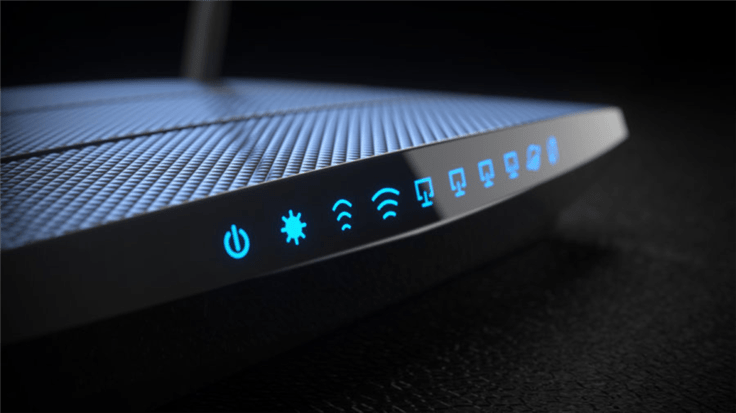Researchers have analysed a campaign leveraging infected SOHO routers to target predominantly North American and European networks of interest.
The so-called ZuoRAT campaign, which very likely started in 2020, is so sophisticated that the researchers suspect that there is a state sponsored threat actor behind it.
SOHO routers
SOHO is short for small office/home office and SOHO routers are hardware devices that route data from a local area network (LAN) to another network connection. Modern SOHO routers have almost the same functions as home broadband routers, and small businesses tend to use the same models. Some vendors also sell routers with advanced security and manageability features, but most SOHO devices are only monitored in exceptional cases.
Which is probably the reason why the ZuoRAT managed to fly under the radar for so long.
Compromise the router
The first step in the campaign is to take control of the router. The researchers identified infected routers of several manufacturers including popular brands like ASUS, Cisco, DrayTek, and NETGEAR. It is likely that the threat actor used unpatched vulnerabilities to steal credentials from the targeted routers. Although patches for these vulnerabilities exist, it is not uncommon for device administrators never to apply these patches.
This lack of security is often caused by lack of awareness. And the lack of awareness starts by small business owners not knowing which type or model of router they have exactly. So even if they read about a vulnerability in their router, it may not sink in that it applies to them. The rebranding of routers by providers is another contributing factor to the owners’ ignorance.
Drop the RAT
The vulnerability or chain of vulnerabilities allow the threat actor to download a binary, then execute it on the host. Once installed, ZuoRAT enumerates the devices connected to the infected router. The threat actor can then use DNS hijacking and HTTP hijacking to cause the connected devices to install other malware.
The ZuoRAT agent framework enables in-depth reconnaissance of target networks, traffic collection and network communication hijacking. Some of the functions will run by default, while others might be intended to be called by additional commands.
Mirai
ZuoRAT looks like a heavily modified version of the Mirai malware. The authorities may have caught the Mirai creators, but the spirit of their botnet lives on. Numerous groups took advantage of the open-source code to create mini variants. But the command and control infrastructure used in this campaign is intentionally complex in an attempt to conceal what’s happening.
Attribution
While attribution is always hard, the researchers listed several indications that the group behind this campaign might be of Chinese origin. One set of C2 infrastructure controlled by this threat actor and used to interact with the Windows RATs was found to be hosted on internet services from China-based organizations. Also, some of the program database paths contained Chinese characters, while others referenced “sxiancheng”, a possible name or Chinese locality.
China is a likely candidate even if it seems they have already bitten off more than they can chew. According to an article in the Financial Times Chinese university students have been lured to work as translators to help identify hacking targets, and to analyze stolen material.
DNS hijacking
Using the gathered information about the DNS settings and the internal host in the adjacent LAN, there were several functions designed to perform DNS hijacking. Some functions allowed the threat actor to update DNS hijacking rules specifying which domains to hijack, the malicious IP address resulting from the hijack and the number of times to trigger the rule.
HTTP hijacking
Another noteworthy function enabled the actor to specify which client or subnet to hijack. It hijacked the process so that it could match the traffic pattern. If the pattern matched one of the rules, it displayed a 302 error that redirected the client’s browser to another location where the threat actor could manipulate the connection.
Mitigation
If you fear that your router has been compromised, simply restarting an infected device will remove the initial ZuoRAT exploit. To fully recover, however, a factory reset clears infected devices.
To avoid your router from getting infected, find the most recent firmware and install it so you have all the latest patches.
Systems that used an infected route for their internet access and used no block lists that included the C2 infrastructure of ZuoRAT may be infected. This is not only true for Windows systems. The researchers found samples written in GO, which is a cross-platform language.
IoCs associated with this campaign for threat hunting can be found on the Black Lotus Labs GitHub page.
Stay safe, everyone!










